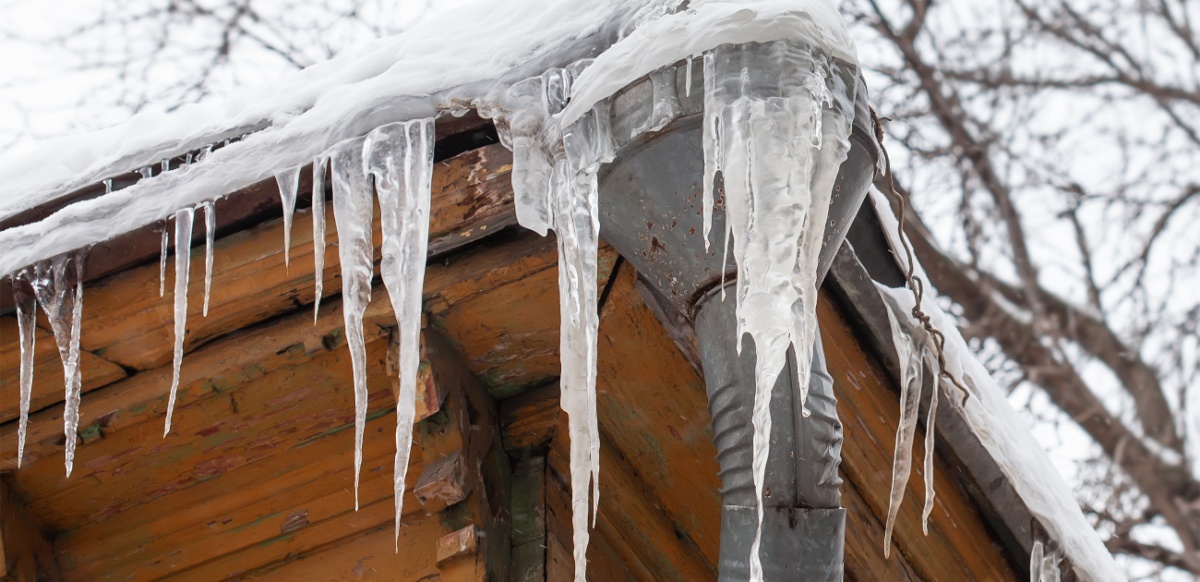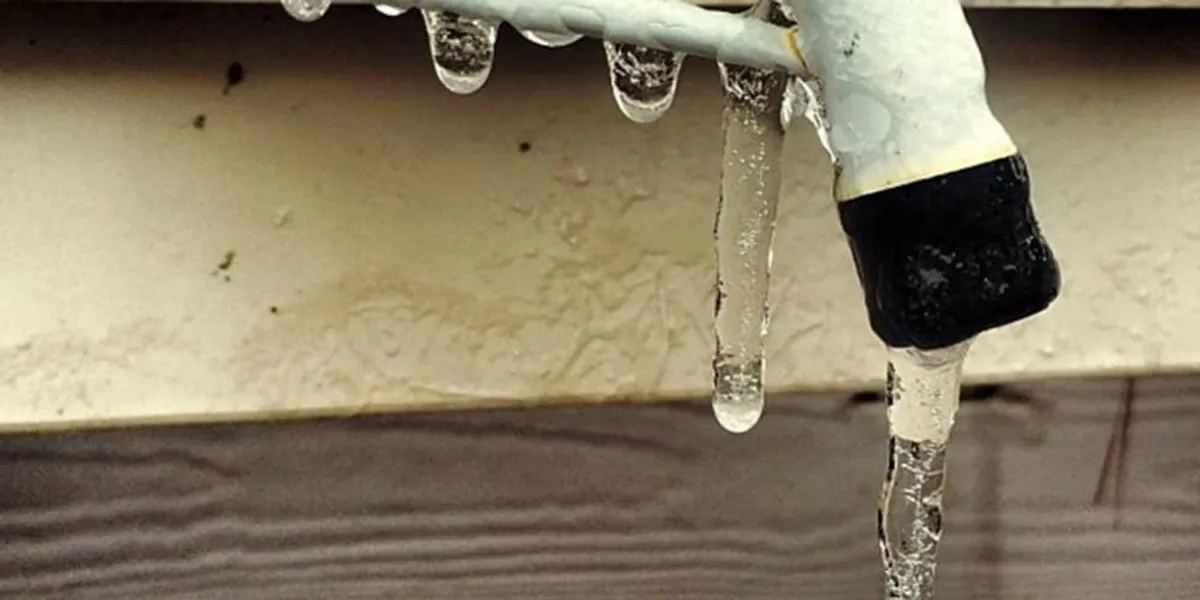Preventing Frozen Plumbing: Top Strategies for Winter
Preventing Frozen Plumbing: Top Strategies for Winter
Blog Article
Just about everyone maintains their private perception involving 6 Ways to Prevent Frozen Pipes.

Cold weather can damage your plumbing, especially by freezing pipelines. Below's how to avoid it from taking place and what to do if it does.
Intro
As temperatures drop, the risk of icy pipelines rises, potentially leading to costly fixings and water damage. Understanding just how to stop icy pipelines is important for homeowners in chilly environments.
Understanding Frozen Pipes
What triggers pipelines to ice up?
Pipes freeze when subjected to temperature levels listed below 32 ° F (0 ° C) for extended periods. As water inside the pipes freezes, it broadens, putting pressure on the pipe walls and potentially triggering them to rupture.
Dangers and damages
Icy pipelines can bring about water disturbances, home damage, and expensive repairs. Ruptured pipelines can flood homes and trigger substantial structural damages.
Indications of Frozen Pipeline
Recognizing icy pipes early can stop them from breaking.
Exactly how to identify icy pipes
Try to find decreased water circulation from taps, uncommon smells or noises from pipes, and noticeable frost on subjected pipes.
Prevention Tips
Shielding at risk pipelines
Wrap pipes in insulation sleeves or make use of warmth tape to secure them from freezing temperatures. Concentrate on pipelines in unheated or external areas of the home.
Heating strategies
Keep interior rooms appropriately heated, specifically locations with pipes. Open cupboard doors to allow cozy air to distribute around pipelines under sinks.
Shielding Exterior Plumbing
Garden hoses and exterior taps
Detach and drain garden hoses prior to winter. Mount frost-proof spigots or cover outside taps with protected caps.
What to Do If Your Pipelines Freeze
Immediate actions to take
If you suspect icy pipelines, keep taps open up to soothe pressure as the ice thaws. Use a hairdryer or towels soaked in warm water to thaw pipes slowly.
Long-Term Solutions
Structural adjustments
Think about rerouting pipelines far from exterior wall surfaces or unheated locations. Add extra insulation to attics, basements, and crawl spaces.
Upgrading insulation
Purchase top quality insulation for pipes, attic rooms, and wall surfaces. Proper insulation assists keep consistent temperature levels and minimizes the danger of frozen pipelines.
Final thought
Stopping frozen pipes requires aggressive procedures and quick reactions. By understanding the reasons, indications, and preventive measures, homeowners can protect their pipes during cold weather.
5 Ways to Prevent Frozen Pipes
Drain Outdoor Faucets and Disconnect Hoses
First, close the shut-off valve that controls the flow of water in the pipe to your outdoor faucet. Then, head outside to disconnect and drain your hose and open the outdoor faucet to allow the water to completely drain out of the line. Turn off the faucet when done. Finally, head back to the shut-off valve and drain the remaining water inside the pipe into a bucket or container. Additionally, if you have a home irrigation system, you should consider hiring an expert to clear the system of water each year.
Insulate Pipes
One of the best and most cost-effective methods for preventing frozen water pipes is to wrap your pipes with insulation. This is especially important for areas in your home that aren’t exposed to heat, such as an attic. We suggest using foam sleeves, which can typically be found at your local hardware store.
Keep Heat Running at 65
Your pipes are located inside your walls, and the temperature there is much colder than the rest of the house. To prevent your pipes from freezing, The Insurance Information Institute suggests that you keep your home heated to at least 65 degrees, even when traveling. You may want to invest in smart devices that can keep an eye on the temperature in your home while you’re away.
Leave Water Dripping
Moving water — even a small trickle — can prevent ice from forming inside your pipes. When freezing temps are imminent, start a drip of water from all faucets that serve exposed pipes. Leaving a few faucets running will also help relieve pressure inside the pipes and help prevent a rupture if the water inside freezes.
Open Cupboard Doors
Warm your kitchen and bathroom pipes by opening cupboards and vanities. You should also leave your interior doors ajar to help warm air circulate evenly throughout your home.

I discovered that entry about How to Prevent Your Pipes From Freezing when perusing the search engines. Liked our post? Please share it. Help another person find it. We love your readership.
Call Today Report this page